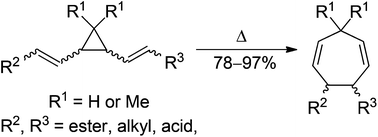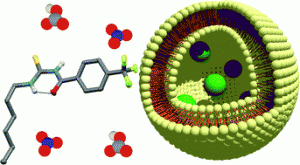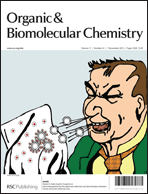“Click and go”: simple and fast folic acid conjugation
Alexandre F. Trindade, Raquel F. M. Frade, Ermelinda M. S. Maçôas, Cátia Graça, Catarina A. B. Rodrigues, José M. G. Martinho and Carlos A. M. Afonso
Org. Biomol. Chem., 2014,12, 3181-3190
DOI: 10.1039/C4OB00150H
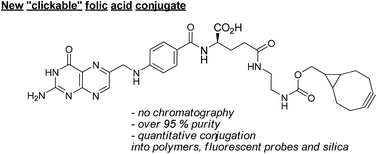
Cooperative hydrolysis of aryl esters on functionalized membrane surfaces and in micellar solutions
M. Poznik and B. König
Org. Biomol. Chem., 2014,12, 3175-3180
DOI: 10.1039/C4OB00247D
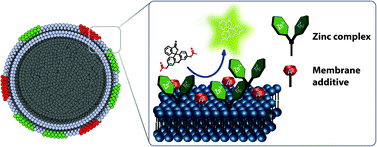
Synthesis of new anionic carbosilane dendrimers via thiol–ene chemistry and their antiviral behaviour
Marta Galán, Javier Sánchez Rodríguez, José Luis Jiménez, Miguel Relloso, Marek Maly, F. Javier de la Mata, M. A. Muñoz-Fernández and Rafael Gómez
Org. Biomol. Chem., 2014,12, 3222-3237
DOI: 10.1039/C4OB00162A
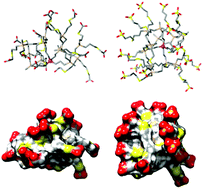
Strategies for the construction of tetrahydropyran rings in the synthesis of natural products
Nadiah Mad Nasir, Kristaps Ermanis and Paul A. Clarke
Org. Biomol. Chem., 2014, Advance Article
DOI: 10.1039/C4OB00423J
Cyclodextrin ion channels
Jonathan K. W. Chui and T. M. Fyles
Org. Biomol. Chem., 2014, Advance Article
DOI: 10.1039/C4OB00480A
Bis-chlorination of a hexapeptide–PCP conjugate by the halogenase involved in vancomycin biosynthesis
Patrick C. Schmartz, Katja Zerbe, Khaled Abou-Hadeed and John A. Robinson
Org. Biomol. Chem., 2014, Advance Article
DOI: 10.1039/C4OB00474D
An easy arylation of 2-substituted 1,2,3-triazoles
Suping Shi, Wei Liu, Ping He and Chunxiang Kuang
Org. Biomol. Chem., 2014, Advance Article
DOI: 10.1039/C4OB00530A
Continuous flow chemistry: a discovery tool for new chemical reactivity patterns
Jan Hartwig, Jan B. Metternich, Nikzad Nikbin, Andreas Kirschning and Steven V. Ley
Org. Biomol. Chem., 2014, Advance Article
DOI: 10.1039/C4OB00662C
Far-red and near infrared BODIPY dyes: synthesis and applications for fluorescent pH probes and bio-imaging
Yong Ni and Jishan Wu
Org. Biomol. Chem., 2014, Advance Article
DOI: 10.1039/C3OB42554A
Phosphate esters and anhydrides – recent strategies targeting nature’s favoured modifications
Henning J. Jessen, Nisar Ahmed and Alexandre Hofer
Org. Biomol. Chem., 2014, Advance Article
DOI: 10.1039/C4OB00478G
sp3 C–H oxidation by remote H-radical shift with oxygen- and nitrogen-radicals: a recent update
Shunsuke Chiba and Hui Chen
Org. Biomol. Chem., 2014, Advance Article
DOI: 10.1039/C4OB00469H
A facile and convenient sequential homobimetallic catalytic approach towards ß-methylstyrenes. A one-pot Stille cross-coupling/isomerization strategy
Sebastián O. Simonetti, Enrique L. Larghi and Teodoro S. Kaufman
Org. Biomol. Chem., 2014, Advance Article
DOI: 10.1039/C4OB00604F
An intramolecular cascade cyclization of 2-aryl indoles: efficient methods for the construction of 2,3-functionalized indolines and 3-indolinones
Arun K. Ghosh and Zhi-Hua Chen
Org. Biomol. Chem., 2014, Advance Article
DOI: 10.1039/C4OB00511B
Synthesis of the enantiomers of XYLNAc and LYXNAc: comparison of ß-N-acetylhexosaminidase inhibition by the 8 stereoisomers of 2-N-acetylamino-1,2,4-trideoxy-1,4-iminopentitols
Elizabeth V. Crabtree, R. Fernando Martínez, Shinpei Nakagawa, Isao Adachi, Terry D. Butters, Atsushi Kato, George W. J. Fleet and Andreas F. G. Glawar
Org. Biomol. Chem., 2014, Advance Article
DOI: 10.1039/C4OB00097H
Preparation of functionalized heteroaromatics using an intramolecular Wittig reaction
Utpal Das, Yi-Ling Tsai and Wenwei Lin
Org. Biomol. Chem., 2014, Advance Article
DOI: 10.1039/C4OB00464G
Practical synthesis of natural plant-growth regulator 2-azahypoxanthine, its derivatives, and biotin-labeled probes
Kazutada Ikeuchi, Ryosuke Fujii, Shimpei Sugiyama, Tomohiro Asakawa, Makoto Inai, Yoshitaka Hamashima, Jae-Hoon Choi, Tomohiro Suzuki, Hirokazu Kawagishi and Toshiyuki Kan
Org. Biomol. Chem., 2014, Advance Article
DOI: 10.1039/C4OB00705K


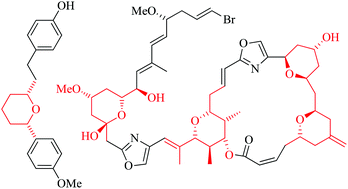
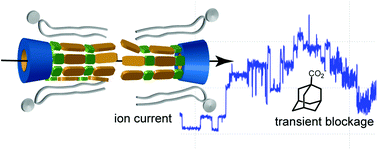
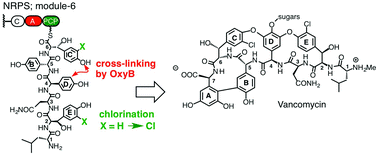

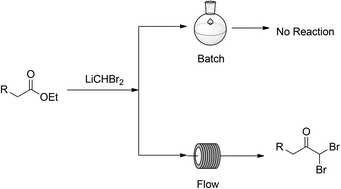

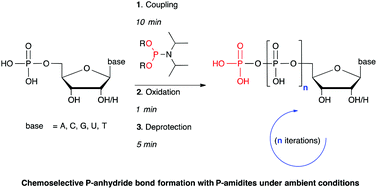

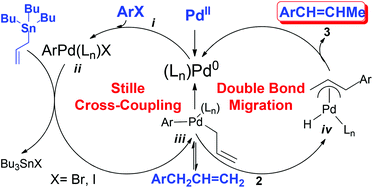

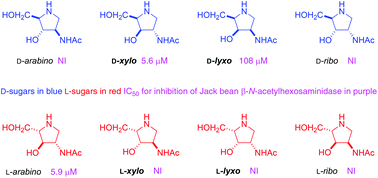
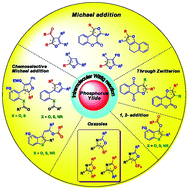
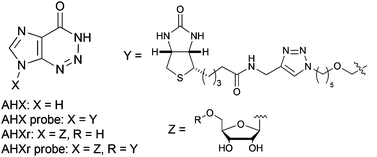









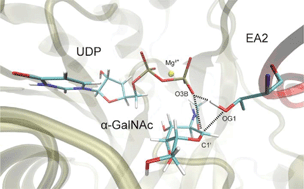
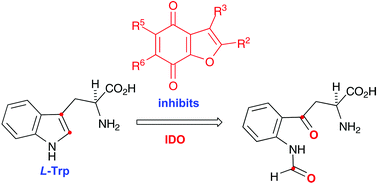
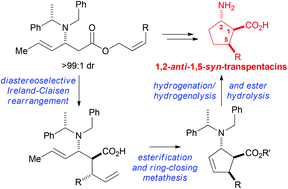
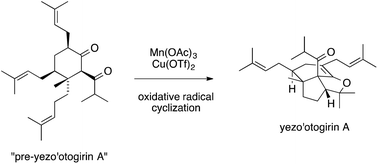
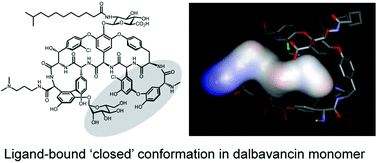
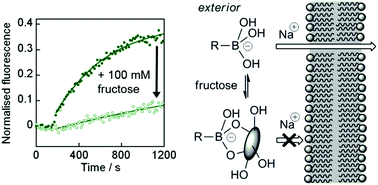
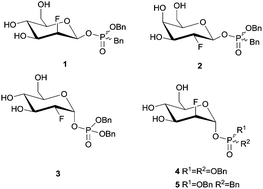
![Acyclic CB[n]-type molecular containers: effect of solubilizing group on their function as solubilizing excipients](http://pubs.rsc.org/services/images/RSCpubs.ePlatform.Service.FreeContent.ImageService.svc/ImageService/image/GA?id=C3OB42603C)
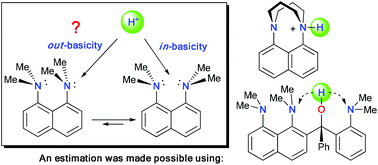
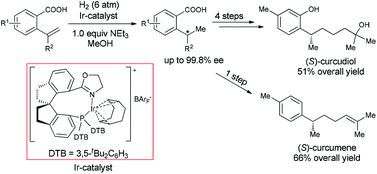
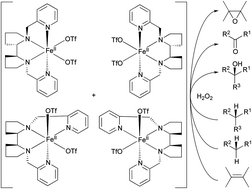
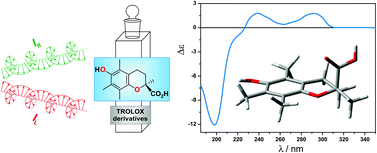


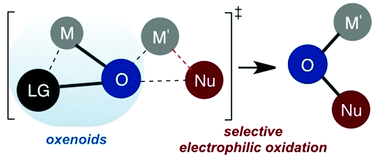
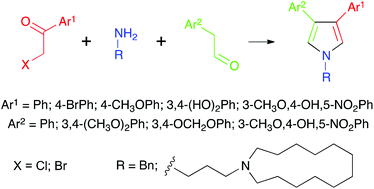
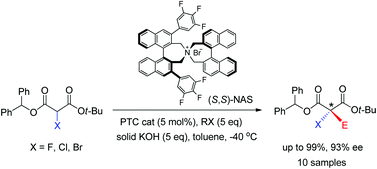
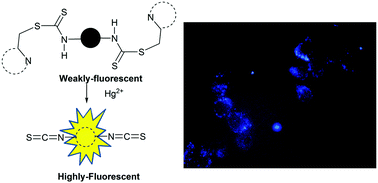
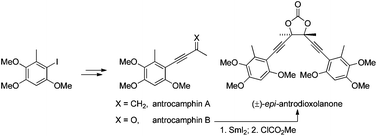
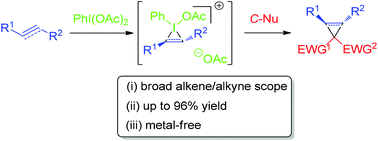

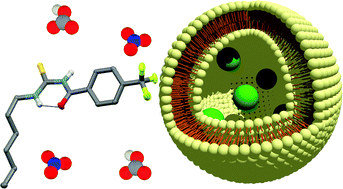
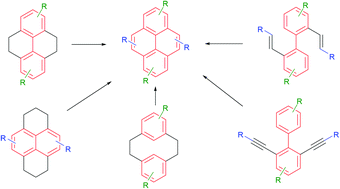
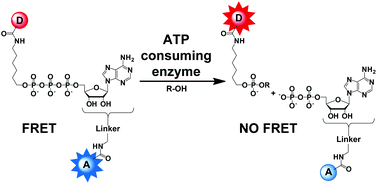

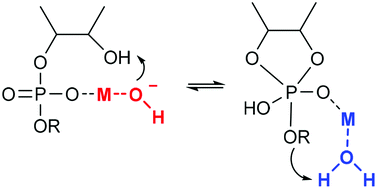

![Efficient and regioselective nickel-catalyzed [2 + 2 + 2] cyclotrimerization of ynoates and related alkynes](http://pubs.rsc.org/services/images/RSCpubs.ePlatform.Service.FreeContent.ImageService.svc/ImageService/image/GA?id=C3OB41872C)

